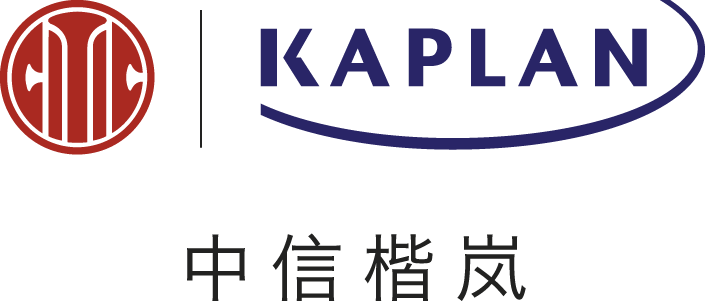Audit risk: means that there is a chance that we will give the wrong audit opinopn
Misstatement: in summary it is:
- a number which is incorrect
- an acoounting treatment not in line with the relevant accounting standard
- a missing and necessry disclosure
- an inadquate disclosure
three elements of audit risk:
inherent risk*control risk * detection risk
inherent risk relates to alients specific factors, except those relating to internal controls. such as the risk of inventory or receivables are overvaluded , or profit is misstated to achieve a bonus
control risk: clients internal control is weak
detection risk: not familiar with the clients and its business environment may increase the risk of detection
attitude of professional scepticism
excercise professional judgement
components of audit risk
comnce[ts of materiality and performance materiality
materiality: an item is materility if its omission or misstatement could reasonable be expected to affect the economic decision of users.
omission : a number is left out or missing
misstatement: wrong record or wrong
number
materiality level: guidelines of materiality:
0.5-1% of turnover
1-2% of total assets
5-10% of profit
performance materiality: an amount, less than materiality, to reduce the probability that aggregate of uncorrect misstatements, exceed materiality as a whole.
planning: nature
purpose
analytical procedures
Key ratios:
Repercussion of audit risk:
we can be sured for negligence
cash penalties
loss of reputation
risk assessment :
- identify the area where errors may exist
- plan audit procesures
- perform a more efficient and effective audit
- reduce the chance of give the wrong audit opinion
- reduce the risk of being sued , paying penalty(damages) or lossing reputation.
technical of perform risk assessment:
- makeing enquiries of knowledgable people
- conducting analysitical procedures on the financial statement numbers
- observing things at the clients
- inspecting documents
response of risk assessment:
- assigning risky area to more experienced team
- increase level of supervision over the audit team
- introducing unpredictability into testing
- detailed , sustantive test
- professional scepticisim
understand the entity:
- its environment (industry condition, laws and regulation, competition,...)
- the entity(operations, ownership and fiance, objectives and stratages, incentive and pressure)
- the applicablefiancial report framework (revenue recognition, unusual or complex transactions, areas of lack of authourity guidance)
- internal control( control environment, control activities, internal audit functions, how it use its interal control suystem)
ways to understand the clients:
observation and discuss: website/brochures, all analytical procedures: enquire, conduct analytical of statement numner, observation inspection document)
auditors experience and knowledge, industry reserceh professional scepticism
Analyticalprocedure: is the technical approach to test the financial statement numbers by ways of caluculate or analysis : which include: compare similar pieces of information ; compare the same number across periods, compare the number with budget, compare to non financial information
identify the most likely misstatement area and plan more work on this area.






